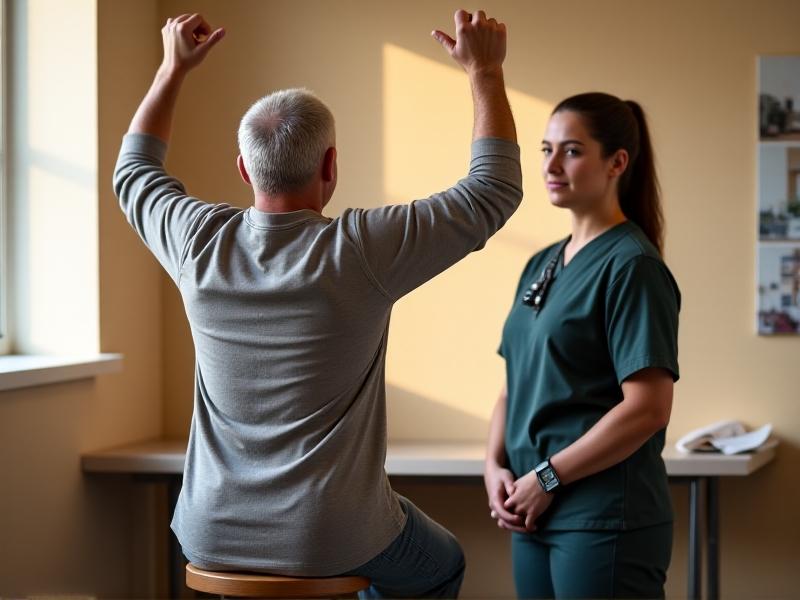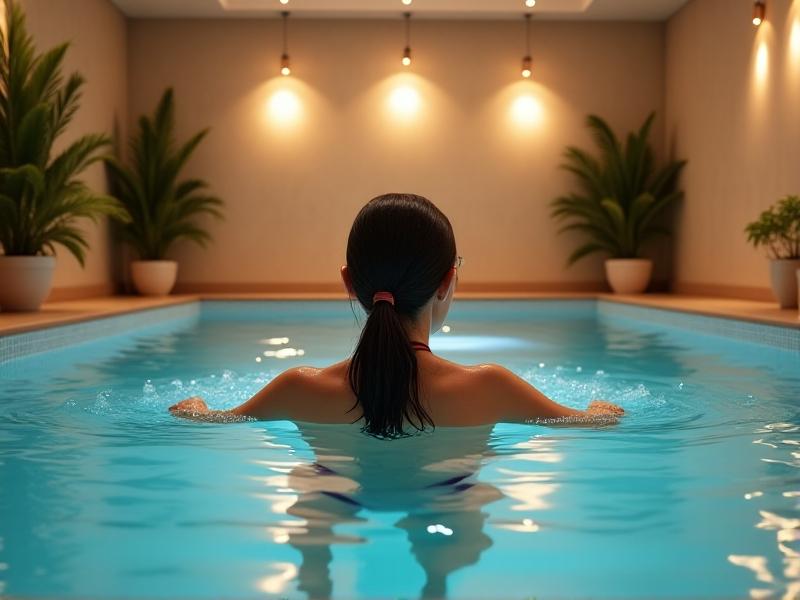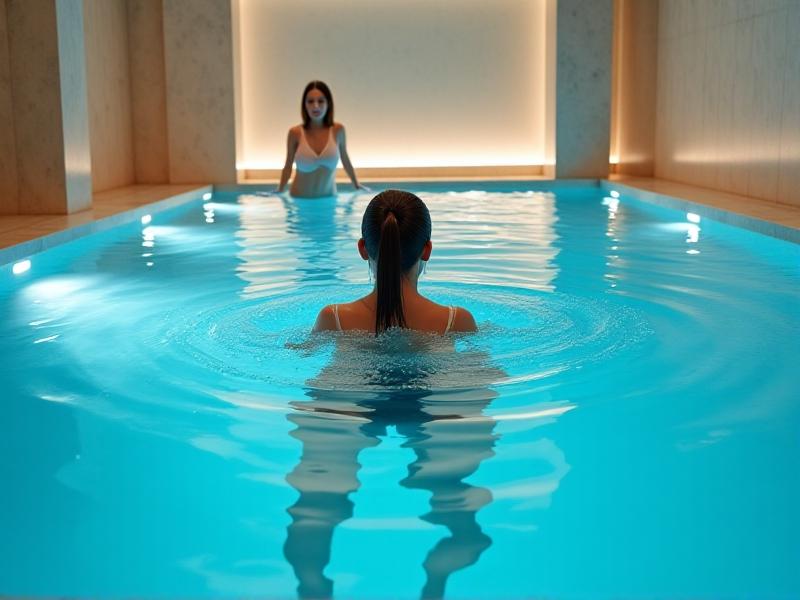Aquatic LSVT BIG Protocol Modifications
Introduction to the Aquatic LSVT BIG Protocol
The LSVT BIG protocol is a well-established therapeutic approach designed to improve motor function in individuals with Parkinson's disease. Traditionally, this protocol is administered on land, focusing on large, exaggerated movements to enhance mobility and daily functioning. However, recent innovations have led to the adaptation of this protocol in aquatic environments, offering unique benefits that leverage the properties of water. This article explores the modifications made to the LSVT BIG protocol for aquatic settings, the advantages of aquatic therapy, and practical considerations for implementation.

Understanding the LSVT BIG Protocol
The LSVT BIG protocol is rooted in the principles of amplitude training, encouraging patients to perform movements that are larger and more exaggerated than their typical range. This approach helps counteract the bradykinesia (slowness of movement) and hypokinesia (reduced movement amplitude) commonly seen in Parkinson's disease. The protocol consists of four key components: high-intensity training, task-specific exercises, sensory recalibration, and repetitive practice. These elements work together to retrain the brain and improve motor control.

Why Adapt LSVT BIG for Aquatic Environments?
Adapting the LSVT BIG protocol for aquatic environments introduces several advantages. Water provides buoyancy, reducing the impact on joints and making it easier for patients to perform large movements without fear of falling. The resistance of water also enhances muscle strengthening and endurance. Additionally, the hydrostatic pressure of water can improve circulation and reduce swelling, while the calming properties of water can alleviate anxiety and promote relaxation. These benefits make aquatic therapy an ideal complement to traditional LSVT BIG training.

Key Modifications for Aquatic LSVT BIG
Adapting the LSVT BIG protocol for aquatic settings requires thoughtful modifications to ensure safety and effectiveness. Exercises must be adjusted to account for water resistance and buoyancy. For example, walking exercises can be performed with exaggerated strides in chest-deep water, while arm movements can be amplified by pushing against the water's resistance. Therapists must also consider the depth of the water, the patient's comfort level, and the use of aquatic equipment such as noodles or weights. These modifications ensure that the core principles of LSVT BIG are maintained while leveraging the unique properties of water.
Benefits of Aquatic LSVT BIG for Parkinson's Patients
Aquatic LSVT BIG offers numerous benefits for individuals with Parkinson's disease. The water's buoyancy reduces the risk of falls, allowing patients to practice movements with greater confidence. The resistance of water enhances muscle strength and coordination, while the hydrostatic pressure can improve balance and reduce pain. Additionally, the calming environment of the pool can reduce stress and improve mood, making therapy sessions more enjoyable. These benefits collectively contribute to improved motor function, increased independence, and a better quality of life for patients.
Practical Considerations for Implementing Aquatic LSVT BIG
Implementing aquatic LSVT BIG requires careful planning and consideration. Therapists must ensure that the pool environment is safe and accessible, with appropriate equipment and trained staff. Patients should be screened for contraindications, such as open wounds or severe cardiovascular conditions, before beginning aquatic therapy. Sessions should be tailored to the individual's needs, with a focus on gradual progression and regular assessment. Additionally, therapists should educate patients and caregivers about the benefits and goals of aquatic LSVT BIG to ensure engagement and adherence.
Case Studies: Success Stories with Aquatic LSVT BIG
Real-world examples highlight the effectiveness of aquatic LSVT BIG in improving motor function and quality of life for Parkinson's patients. One case study involves a 65-year-old patient who experienced significant improvements in gait speed, balance, and confidence after participating in aquatic LSVT BIG sessions twice a week for eight weeks. Another case study describes a patient who reported reduced pain and increased mobility, enabling them to return to activities they had previously abandoned. These success stories underscore the potential of aquatic LSVT BIG as a transformative therapeutic approach.
Future Directions and Research Opportunities
While the benefits of aquatic LSVT BIG are promising, further research is needed to establish standardized protocols and quantify long-term outcomes. Future studies could explore the impact of aquatic therapy on different stages of Parkinson's disease, compare aquatic and land-based LSVT BIG, and investigate the role of aquatic therapy in managing non-motor symptoms such as depression and fatigue. Additionally, advancements in aquatic therapy technology, such as underwater treadmills and motion-tracking systems, could enhance the precision and effectiveness of aquatic LSVT BIG.
Conclusion: Embracing the Potential of Aquatic LSVT BIG
The adaptation of the LSVT BIG protocol for aquatic environments represents a significant advancement in the treatment of Parkinson's disease. By combining the principles of amplitude training with the unique properties of water, aquatic LSVT BIG offers a safe, effective, and enjoyable therapeutic option for patients. As research and clinical practice continue to evolve, this innovative approach has the potential to transform the lives of individuals living with Parkinson's, empowering them to move with greater confidence and independence.







